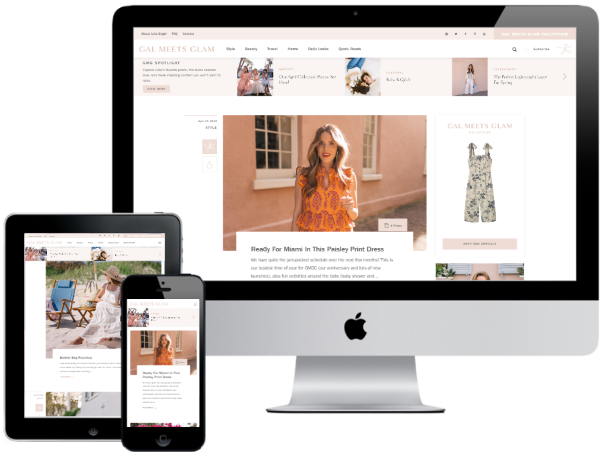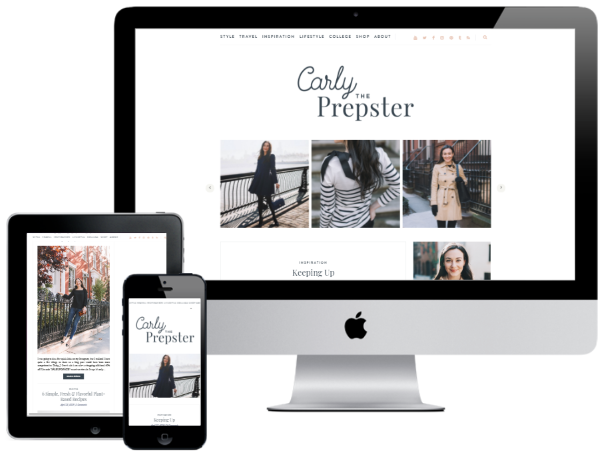In the first installment of this blog series, we highlighted the potential of using student influencers to create authentic storytelling opportunities.
However, how can you find and recruit influencers to positively impact your student recruitment initiatives and generate support for your institution? Read on to find out.
Creating targeted influencer-driven campaigns
Start by setting out the objectives of your influencer initiatives. These focal points form the foundations for your influencer research. For example, your objective might be to paint a picture of how your courses improve the lives of students and their careers.
Through your influencer programmes you can speak on different levels to large scale, yet targeted audiences. Get into the mindset of your audiences to understand what content they are interested in, what conversations are relevant to them and which social networks they use.
Does your institution use personas as a strategic marketing approach? If so, you can use these in conjunction with your high-level objectives to guide which audiences you want your influencers to connect with.
You must take into consideration influencer's social media presence and whether their engagement is genuine, as well as which social networks they are most active.
How to find influencers
The influencers who have the most impact will likely already have a connection with your institution.
They could be a prospective student with online appeal who has made an application to your institution, or a current student with a large following, who is well known on campus, or notable alumni with a strong affiliation with the university. They could be lifestyle bloggers from the local area, successful business leaders, sporting achievers or musicians, or research and academic thought leaders with a connection with the institution.
Finding budding lifestyle bloggers and social media influencers with the right attributes can be particularly beneficial as they provide better value for money than already established influencers. By identifying them and catching the popularity curve early, you can gain the most exposure and return.
Take Julia Engel, for instance. She's best know as the creator of the "Gal Meets Glam" lifestyle blog. Julia started the blog back in 2011 during her junior year of undergraduate studies at the University of the Pacific in Stockton, California. She now has 1.2m followers on Instagram and an equally loyal fan base for her blog. Her lifestyle brand is as carefully controlled as any company brand.
Identifying Julia early in this journey would have constituted a major coup from a marketing perspective for the University of the Pacific.
The College Prepster, a blog created by Carly Heitlinger, is another success story with over 170,000 loyal followers and 220,000 Instagram followers. Similarly, Heitlinger began blogging whilst studying at University, in this case at Georgetown University.
Carefully chosen influencers, both established and emerging, will portray different facets of the community you have on campus and in your alumni networks, and will help you to promote brand awareness and penetration into a wide range of groups.
How to connect with them
Once you have identified the influencers who fit your strategic marketing objectives you can engage with them naturally by liking and sharing appropriate content from their account activity. This can often lead to reciprocal sharing activity and the beginning of a partnership.
This isn't something that can be rushed. Marketing teams need to build up a relationship and trust with target influencers. Over time this will develop, and from there you can contact them with a specific proposal.
A professional approach to recruit an influencer should include a clear proposition setting out the level of expected creative control, budget outline, as well as details on the remit and expectations. Before commissioning an influencer, it's also beneficial to provide a contract to protect the institution especially if there is a potential conflict of interest.
Tracking their impact
Building in tracking measures is crucial to assess the quantitative impact of influencers over time and to monitor their activity.
However, influencer marketing is a long term initiative, and so qualitative and anecdotal evidence can also be useful to demonstrate the success of influencer activity through specific examples to bring this to life for relevant stakeholders.
The first mover advantage
Influencer marketing is a huge deal at the moment, and brands are already reaping the benefits.
For most universities, this is new ground and experimental. However, for institutions willing to invest and follow the best practices already established by brands, the potential is there to super-charge engagement using influencers.
If your marketing team already has influencer marketing activity in play or is considering developing an influencer network to support your student recruitment activity, we'd love to hear from you.

:format()//media/Attracting-new-students-by-leveraging-social-media-influencers--rq.png)


